Like pretty much anybody else around the world right at present, we are under strict quarantine. We also happen to run a D&D group that, up until recently, exclusively met in person. Since we're all dwelling-bound for the foreseeable future, I've started learning how to fix up digital maps in Roll20 for my players. I learned that it wasn't quite equally straight-frontwards equally I would like, and then I wanted to put a tutorial together for you near making maps for Roll20. All of the digital work I exercise is in Photoshop, so I'm going to go through the whole process for today's topic.
Non only will I discuss how to optimize your map for Roll20 if y'all're creating your own, I will as well show you how to add together and format it once you're ready. Even if you aren't a Photoshop wizard, this tutorial volition assist guide you into uploadingany map you may have access to (You lot're certainly welcome to check out our Shop page if you demand to stock upward on some maps).
Let's begin!
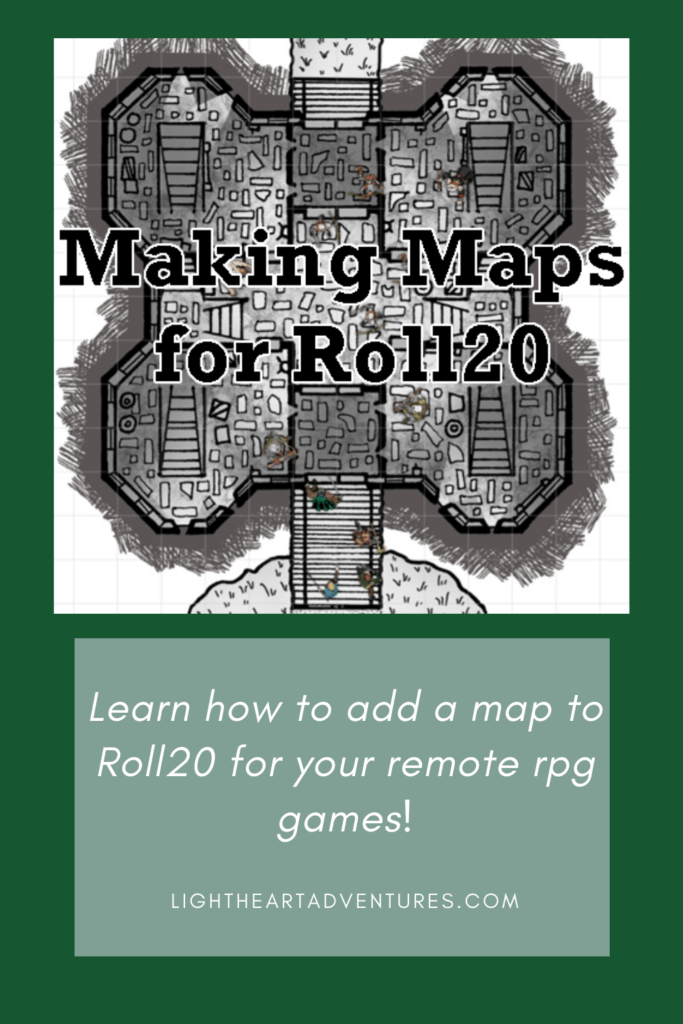
The first matter to consider for your maps is the file size. When starting the blank project you'll have the pick of choosing your page height and width. Knowing ahead of time what kind of encounter you desire to create will assist decide what yous need. Roll20 has a 10 Mb limit for uploaded images, and then nosotros'll want to keep things minor. Larger maps often mean larger file sizes, but proceed in mind that larger maps, such as dungeons, can be split into individual room images to go along file sizes downwards.
For example, instead of doing one total epitome…
…you can separate it into smaller rooms equally needed!
Next upward is establishing your page DPI or Dots per inch. DPI determines the dots per inch in a digital image. A higher DPI count increases motion picture quality just causes the file size to increase exponentially. High DPI is great for images that you intend to physically print, merely for Roll20 we'll want a DPI between 72 and 150.
(Here's some of our best tips for digitizing your maps.)
Once y'all're finished with the map, it's time to pick a file blazon! The two main file types we tin choose from are JPEGs and PNGs.
JPEGs (Articulation Photographic Experts Group) are the preferred file blazon for Roll20 as their file sizes are lower. The disadvantages of JPEGs are that their picture quality degrades over time and that they cannot have any transparency effects. For example, whatsoever blank space in a JPEG image is automatically filled in with white which could obscure other images beneath it.
The alternative is PNGs or Portable Graphic Network. PNGs have larger file sizes but their quality remains consistent over long periods of use, plus additional effects, such as transparencies, are bachelor. Picking the right file blazon is going to exist dependent on what maps you're planning on using for your games.
Making maps to employ multiple times and including transparencies? Consider PNGs.
Using the map as a i and washed run into? JPEGs are the way to go.
(I promise these are two different files–can yous meet the white groundwork effectually the JPEG?)
Now that we've got our maps set, information technology's time to import them intoRoll20. If you don't take an account with Roll20 however, it'due south like shooting fish in a barrel (and costless) to sign up.
Once that's washed, click on the Create New Game push button from the Home page. From here yous'll get to name your game, add any relevant tags, and choice the game system you and your players want to use.
Afterward, click I'one thousand ready, Create Game! (photo 1) and you'll have new options to add together players, specific game content and insert a thumbnail image (photograph 2).
Next, click on theLaunch Game push button: this volition take you to the virtual tabletop where yous tin can start poking around. If you need to find your game later on, you lot'll find it under theMy Games department.
Now that we're familiar with the game editor, start by selecting the Art Library tab in the upper correct corner.
The get-go page is the Premium Avails, where you can either pay for pre-fabricated content from thousands of artists, or Free Assets, which holds a list of costless-to-employ content for your games. We want to select theMy Library tab, where we can upload our content. Simply select theUpload push button which will prompt you to either drop a file on the window or upload it.
Before we add a map onto the board, the first affair we want to do is brand certain that we select theMaps and Background layer. If you don't, you could accidentally select and move the map when y'all meant to move a grapheme token.
Once we're on the right layer, drag and driblet your map onto the board. The map won't display at the right size, so we'll have to resize information technology ourselves. Beginning, zoom in to 150% to better see what you're doing and then click on the map. Yous tin resize the map by pulling any corner and stretching information technology out to go to the right size.
Conversely, Roll20 has a feature chosen Align to Grid that takes much of the guesswork out of resizing the map. To use this feature, right-click on your map, mouse over the Advanced section, then select Align to Grid. Click and drag to create a three by three square box aligned with the grid on your map, non the Roll20 grid.
Endeavor to get every bit accurate equally you can, as it means you lot won't have to alter the size later. Once you've got your box, permit go, and a window volition pop upwards and ask if you lot're satisfied with your size. You can conform the size manually here too. Click Align to Grid and your map will resize automatically.
If your map size still isn't to your liking, hold theAlt primal after selecting your map and you lot tin manually accommodate the image. If that all the same doesn't piece of work, correct-click the map and selectAdvancedthenSet Dimensions; from hither you tin can change the pixel width and height
In one case you're satisfied with the map, change the layer toObjects & Tokens and start dropping players & NPCs onto the board!
As a note: one thing I did detect while making maps for Roll20 is that information technology likes to reshape non-square images to fit within the lath tiles. For example, there was a ship deck map I wanted to use that was longer than information technology was wide. Roll20 compressed the image to fit within its grid, making the map far more narrow than I intended. I establish that property theAlt key every bit I added the map to the board kept the original shape, though it still needed experimenting to get the right scale.
With that noesis nether my belt, I ran my outset session using Roll20 this by Sunday. My players are normally used to physical maps and tokens, but information technology didn't have long for them to get acclimated to the programme. Our druid usedConjure animals for the beginning fourth dimension and summoned viii Behemothic Bats. Usually, I'd have to scramble to find appropriate tokens but Roll20 has a library of pre-made tokens I was apace able to add to the board. Overall, our session went swimmingly (transport pun), and I look forward to making bigger and better encounters in Roll20!
So tell u.s.a., what kind of crazy maps and encounters accept you used in Roll20?
Thanks for dropping past! If you'd similar admission to more maps and content, including downloadable PDFs of our adventures, bank check out ourPatreon. We're able to do what we do considering of all our astonishing Patrons! Let us know in the comments or on Twitter, Facebook, Instagram, or Discord to let the states know how it went! If you'd like access to more maps and content, including downloadable PDFs of our adventures, cheque out ourPatreon. We're able to do what we exercise because of all our amazing Patrons!
kellervorbith.blogspot.com
Source: https://www.lightheartadventures.com/dungeon-master-tips/making-maps-for-roll20/

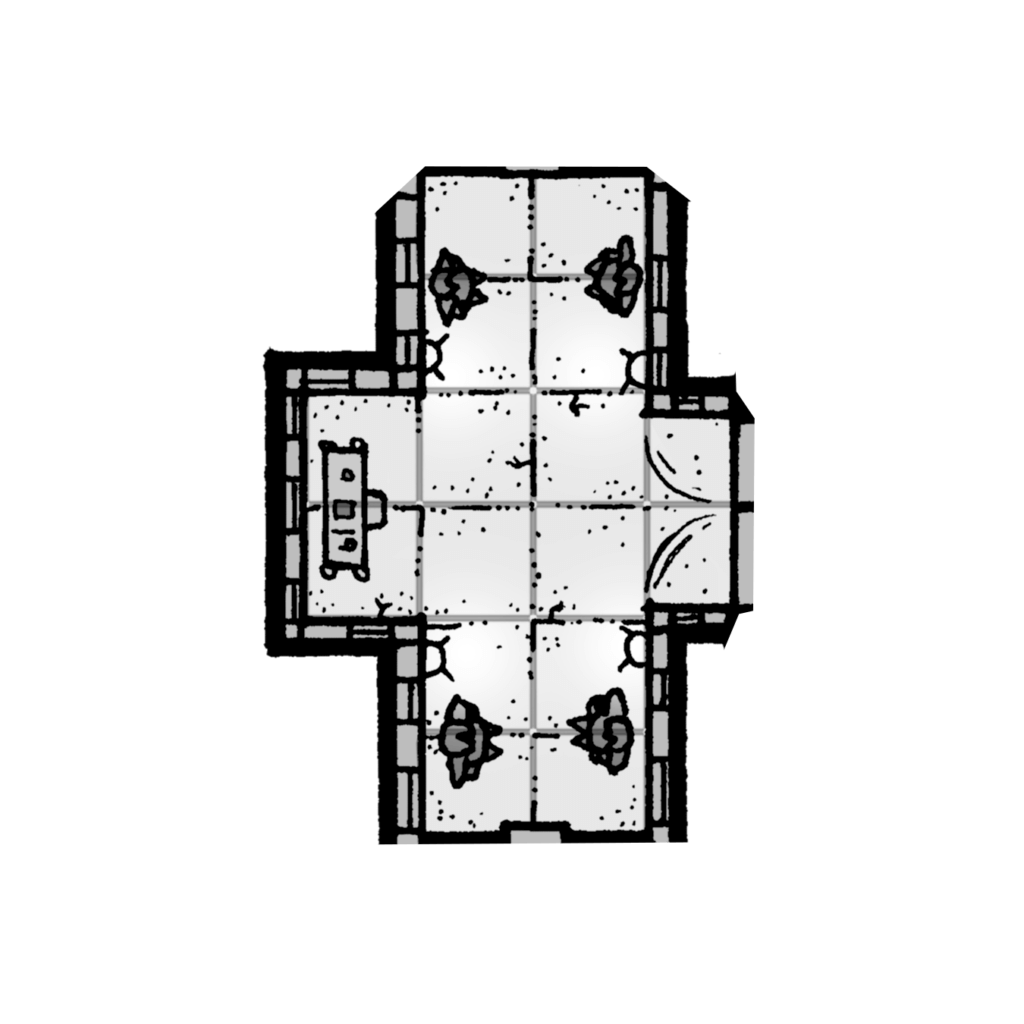
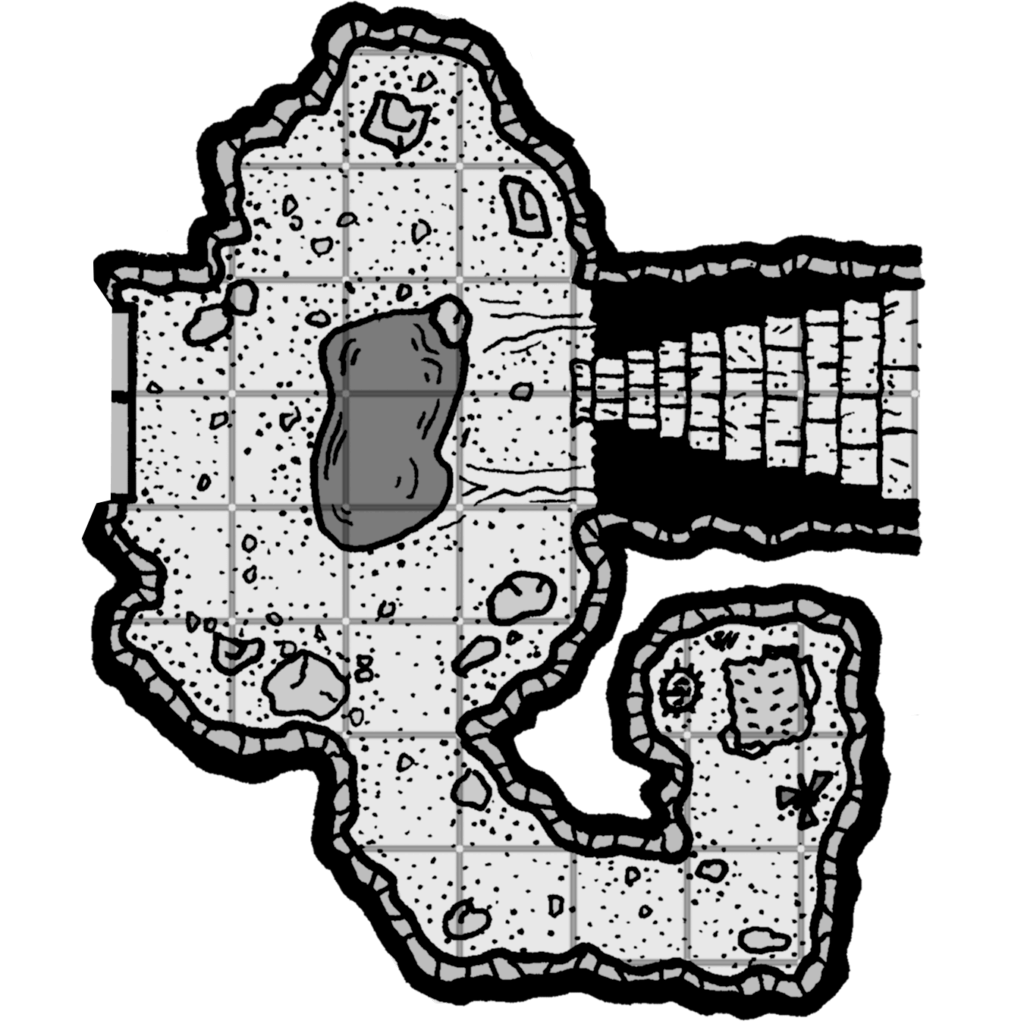
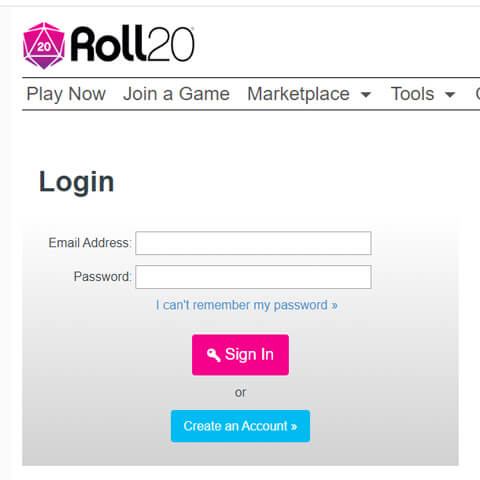
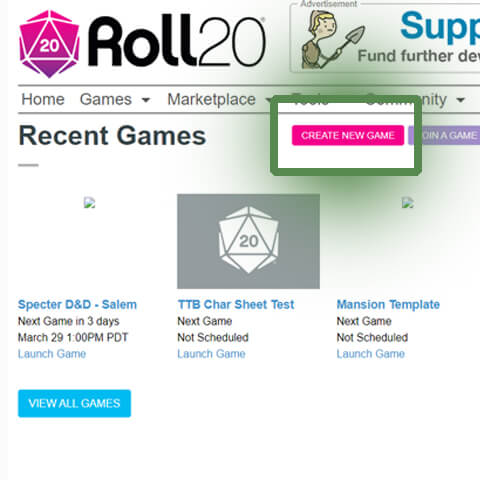
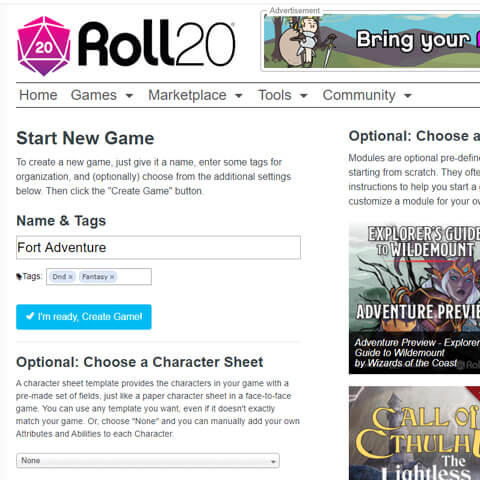
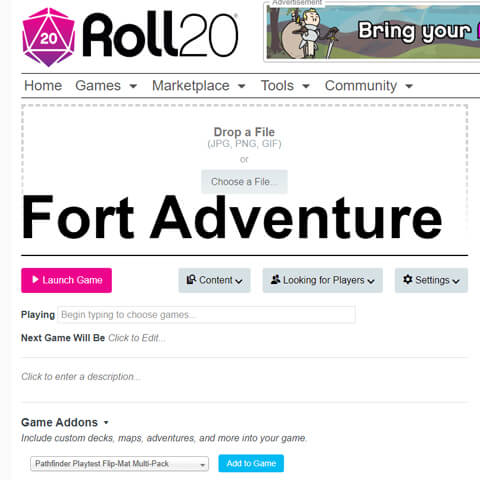
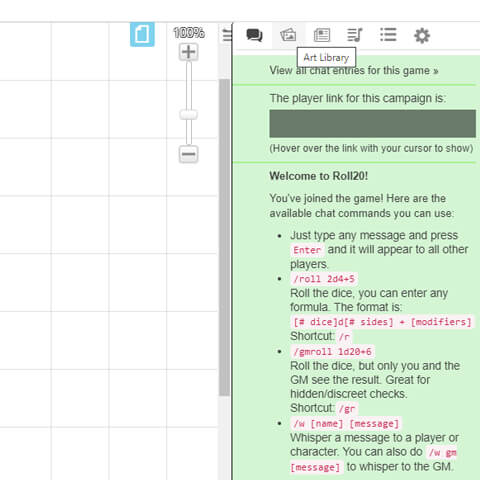
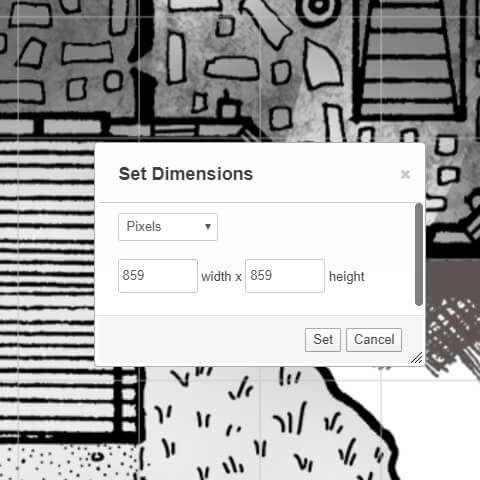
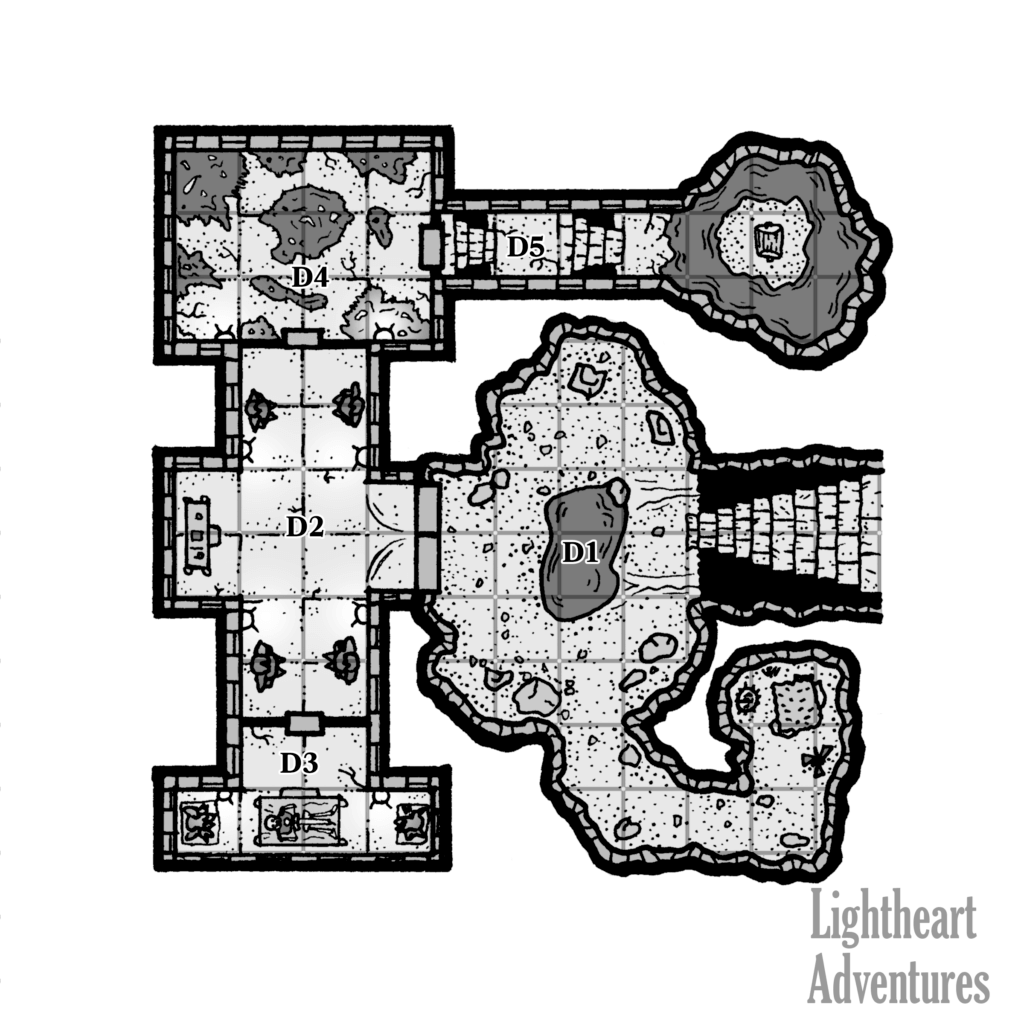
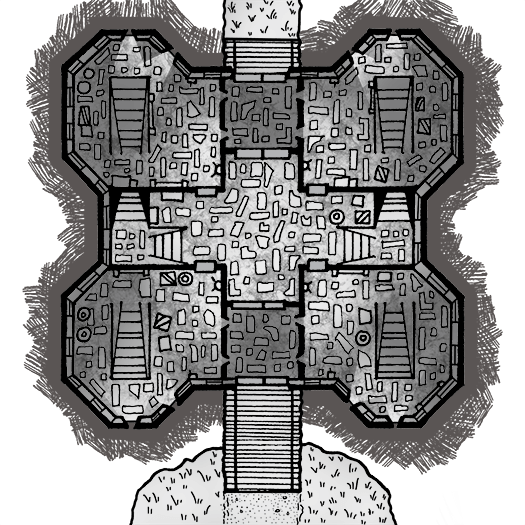
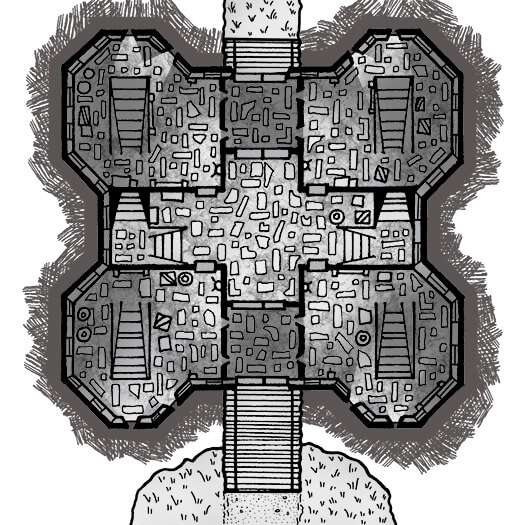
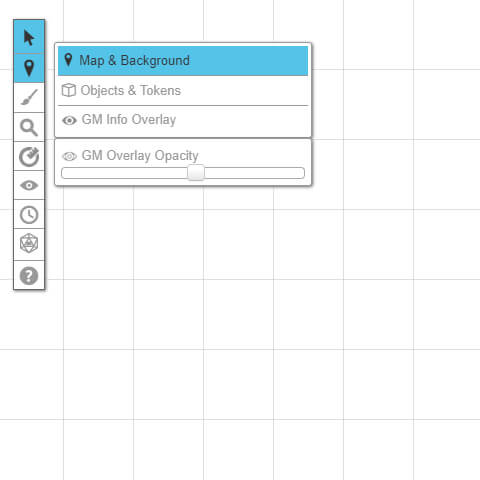
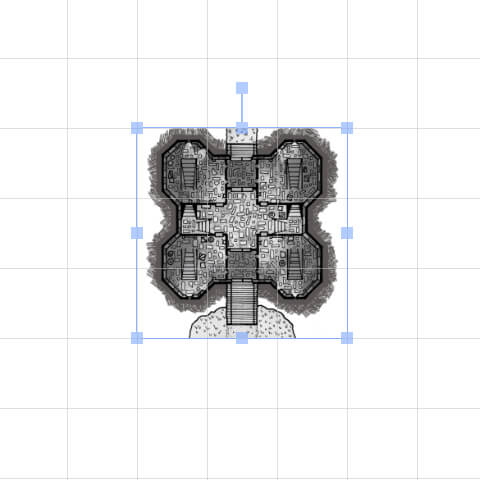
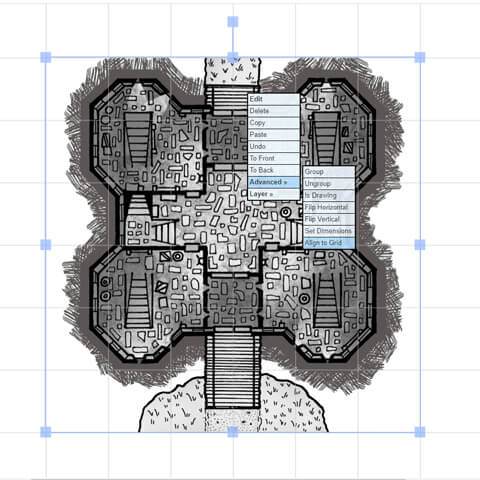
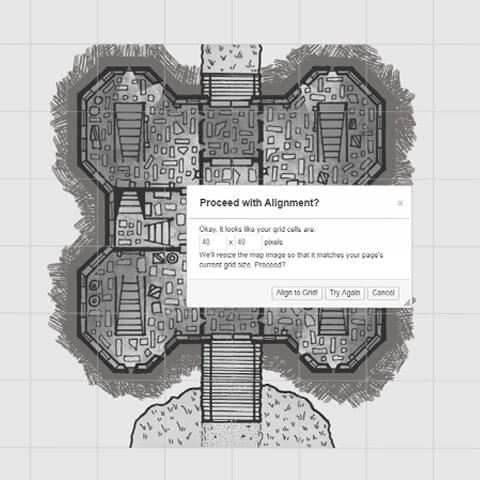
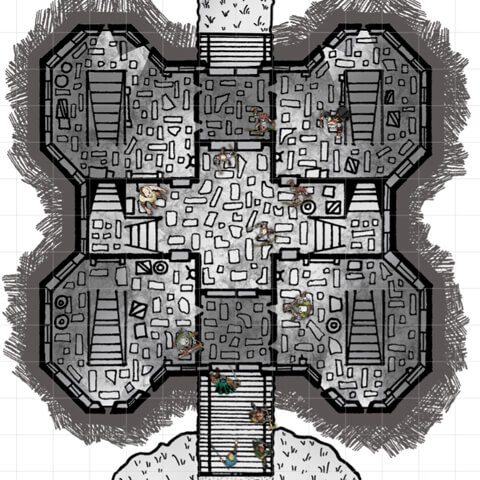
0 Response to "Why Is Roll20 Not Uploading a Picture"
Enregistrer un commentaire